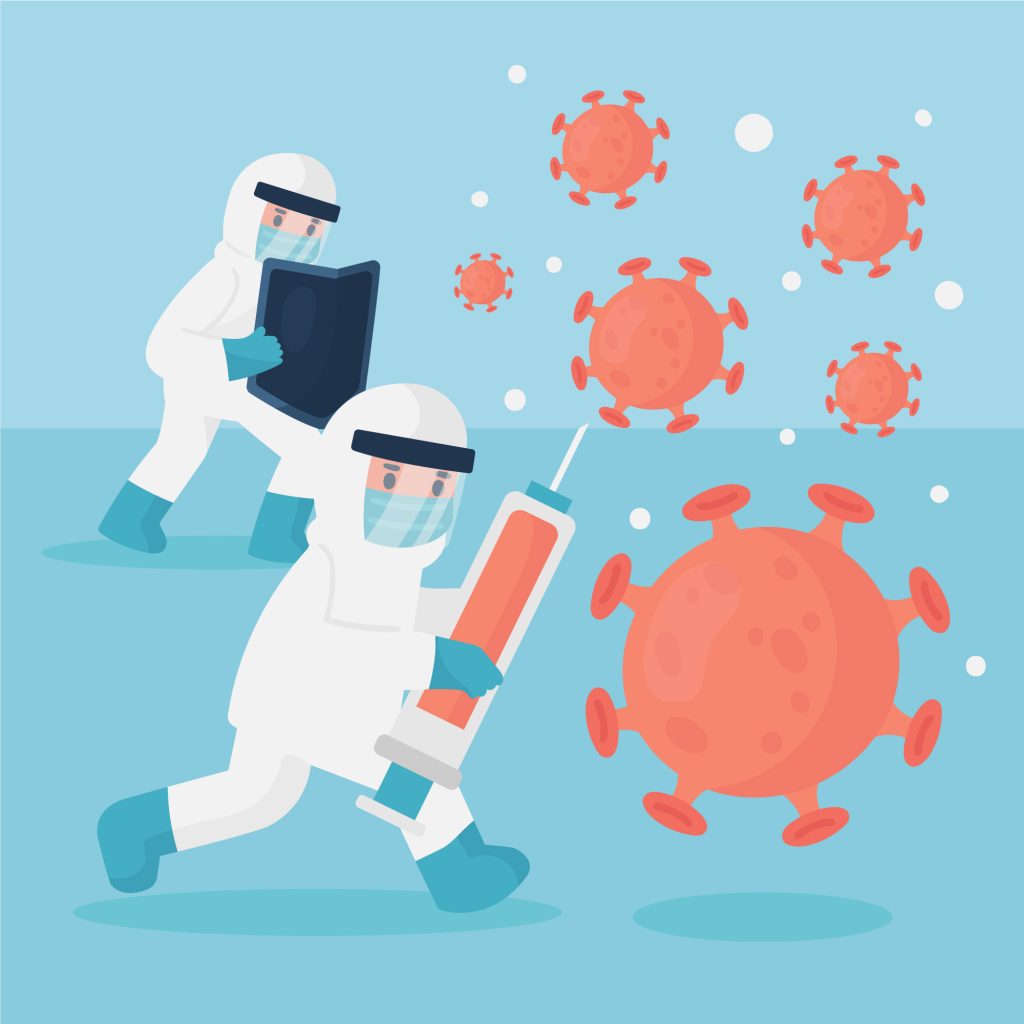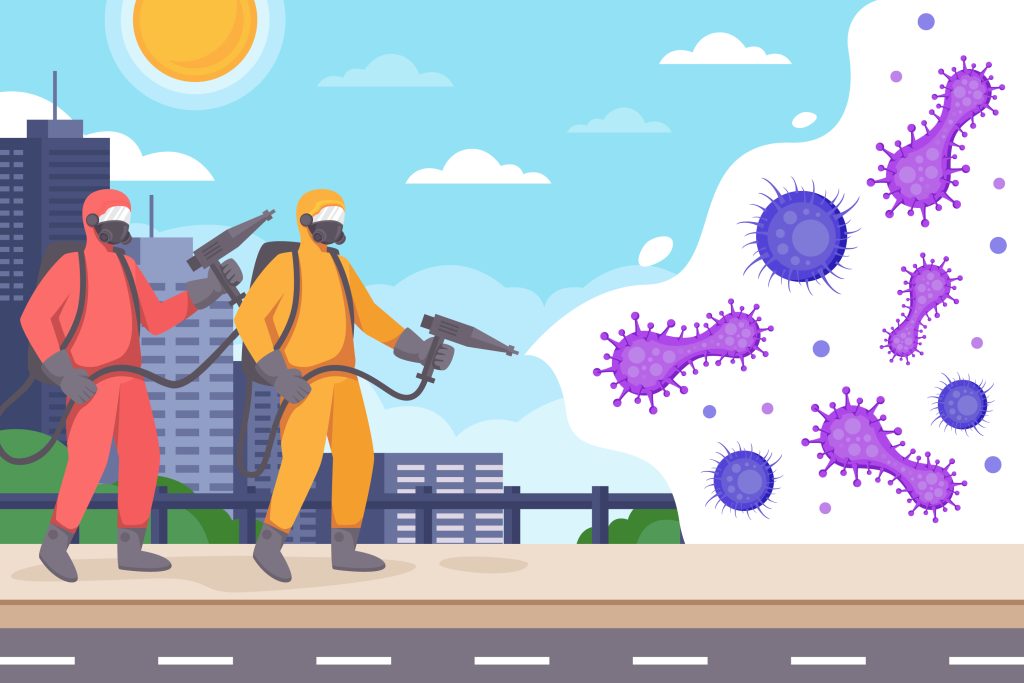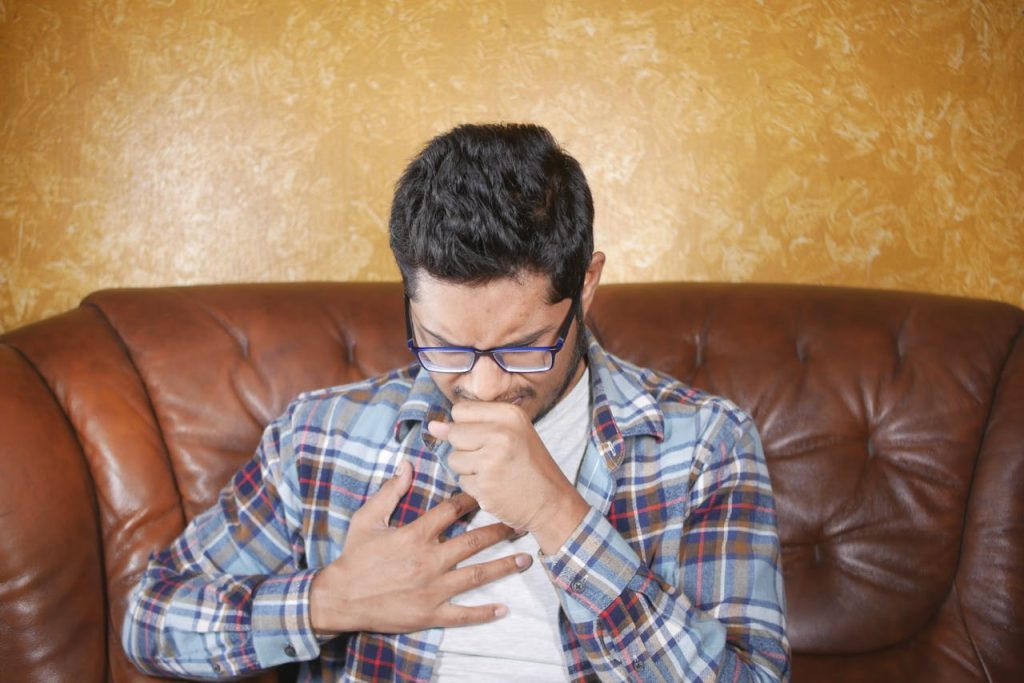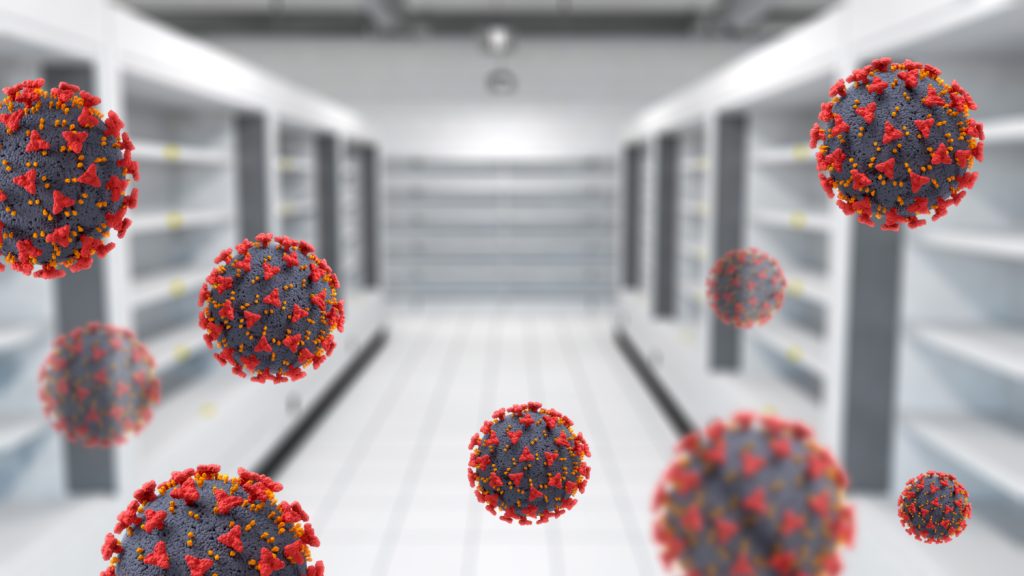The Human Metapneumovirus (HMPV) has recently gained significant attention due to a surge in cases, particularly in China. This virus, often likened to COVID-19 in its symptoms and transmission patterns, has raised concerns globally. Here’s a comprehensive guide to help you understand what HMPV is, how it spreads, its symptoms, and what measures you can take to protect yourself.

What Is HMPV?
HMPV, or Human Metapneumovirus, is a respiratory virus that primarily affects the lungs and airways. First identified in 2001, it belongs to the Paramyxoviridae family, which includes viruses like RSV (Respiratory Syncytial Virus) and measles. While HMPV is not new, its recent outbreak has drawn attention due to its rapid spread and potential to cause severe illness in vulnerable populations.
Key Facts About HMPV
- Origins: HMPV was first detected in the Netherlands but has since been reported worldwide.
- Transmission: The virus spreads through droplets when an infected person coughs, sneezes, or talks, similar to other respiratory viruses.
- Risk Groups: While anyone can be infected, it poses the highest risk to children, the elderly, and individuals with weakened immune systems.

Symptoms of HMPV
The symptoms of HMPV are often mistaken for the flu or common cold, making it difficult to diagnose without proper testing.
Common symptoms include:
- Fever
- Cough
- Shortness of breath
- Nasal congestion
- Sore throat
- Fatigue
In severe cases, particularly among the elderly or those with pre-existing health conditions, it can lead to bronchitis or pneumonia.

How Serious Is the HMPV Outbreak?
The recent HMPV outbreak in China has drawn comparisons to the early days of COVID-19. However, there are key differences:
- Transmission Rate: HMPV is less contagious than COVID-19.
- Severity: While it can cause severe illness, the majority of cases are mild and recover without complications.
- Vaccine Availability: Unlike COVID-19, there is currently no vaccine for HMPV.
Although it doesn’t carry the same pandemic potential as COVID-19, the outbreak has highlighted the importance of vigilance, especially in healthcare settings and high-risk communities.
HMPV Virus in India
While there hasn’t been a major outbreak of HMPV in India yet, isolated cases have been reported, including two infant cases in Bangalore. Notably, these infants had no travel history, suggesting potential local transmission. This has raised concerns among healthcare professionals about the virus’s silent spread within communities. Experts stress the importance of proactive monitoring and raising public awareness to prevent further escalation. Given the similarities in symptoms with other common viruses like influenza and RSV, misdiagnosis is a risk, particularly during peak flu seasons. India’s healthcare system must prioritise diagnostic testing and preparedness to avoid unnecessary strain on medical infrastructure, especially during seasonal health crises.
Diagnosis and Treatment
Diagnosing HMPV typically involves laboratory tests like PCR (Polymerase Chain Reaction) to detect the virus in respiratory samples.
Treatment Options:
- Symptom Management: Most cases are treated by addressing symptoms, such as fever and congestion, with over-the-counter medications.
- Hospitalisation: In severe cases, patients may require oxygen therapy or hospital care.
- Rest and Hydration: Ample rest and staying hydrated are crucial for recovery.

Preventing HMPV Infection
Prevention plays a crucial role in limiting the spread of HMPV. Here are some effective measures:
- Practice Good Hygiene:
- Wash hands frequently with soap and water for at least 20 seconds.
- Use hand sanitisers when soap is unavailable.
- Avoid Close Contact:
- Stay away from individuals showing symptoms of respiratory illness.
- Maintain a safe distance in crowded places.
- Clean and Disinfect Surfaces:
- Regularly clean high-touch surfaces such as doorknobs, light switches, and mobile phones.
- Wear Masks:
- Consider wearing masks in crowded or high-risk environments, particularly during outbreaks.
- Boost Immune Health:
- Maintain a balanced diet rich in vitamins.
- Get adequate sleep and manage stress levels.
Key Takeaways
The HMPV outbreak is a reminder of the ongoing threat posed by respiratory viruses. While it is not as severe as COVID-19, understanding its symptoms, transmission, and prevention can help reduce its impact.
By staying informed and practising good hygiene, individuals can protect themselves and their communities from HMPV. Governments and healthcare systems must also prioritise awareness campaigns and preparedness strategies to minimise future risks.
Stay vigilant, prioritise your health, and spread awareness about HMPV to ensure safety for all.

